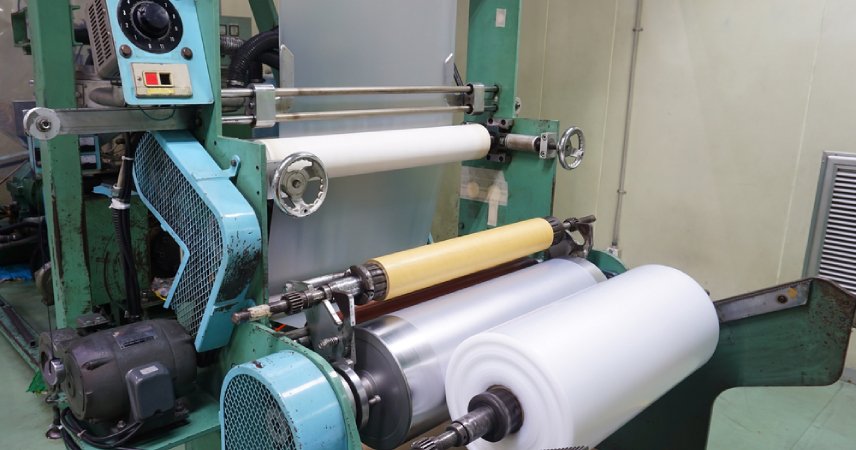Introduction
The packaging industry is evolving rapidly, with increasing demand for stronger, more durable, and cost-effective plastic films. While monolayer blown film plants remain popular for basic applications, industries that require enhanced strength, barrier properties, and optimized material costs often turn to two-layer blown film plants (AB / ABA configuration). These plants strike the perfect balance between performance and affordability, making them an excellent choice for packaging manufacturers worldwide. In this blog, we’ll explore the working principle, applications, advantages, and future of AB / ABA two-layer blown film technology.
What is an AB / ABA Two-Layer Blown Film Plant?
A two-layer blown film plant uses two extruders and a specially designed die head to co-extrude multiple layers of film in a single bubble. The layers can be arranged in two common configurations:
AB Structure → Two distinct layers of material (A + B).
ABA Structure → Three layers, but with only two extruders (A + B + A). This means the outer layers are the same material, while the middle layer is different.
This setup enables manufacturers to produce films that combine the benefits of multiple raw materials while keeping costs low.
Applications of AB / ABA Blown Films
Two-layer and three-layer (ABA) films are widely used because they offer better mechanical properties than monolayer films. Common applications include:
Food Packaging – Milk pouches, bread bags, frozen food packaging.
Carry Bags & Shopping Bags – Strong yet lightweight.
Garbage Bags – Durable and cost-effective with recycled core layers.
Shrink Films – For bundling and protecting products.
Industrial Packaging – Liners, wrapping films, protective sheets.
Agricultural Films – Mulch films and greenhouse films with added UV stabilizers.
Advantages of AB / ABA Two-Layer Blown Film Plant
Better Film Strength – Multi-layer structure provides improved tensile and tear strength.
Cost Optimization – Recycled or lower-grade material can be used in the middle layer (ABA structure) without compromising outer surface quality.
Enhanced Properties – Each layer can be customized for specific features like gloss, stiffness, sealing, or puncture resistance.
Material Flexibility – Works with LDPE, LLDPE, HDPE, and advanced polymers.
Improved Barrier Properties – Better moisture and gas resistance compared to mono-layer films.
Sustainability Option – Outer layers can use virgin material while inner layers use recycled plastic, reducing environmental impact.
Choosing the Right AB / ABA Two-Layer Blown Film Plant
When investing in a two-layer blown film plant, consider the following:
Output Capacity – Choose according to production needs (kg/hr).
Film Width & Thickness – Ensure machine matches your end-use requirements.
Raw Material Compatibility – Confirm support for LDPE, LLDPE, HDPE, mLLDPE.
Automation & Controls – PLC systems and automatic winding improve efficiency.
Energy Efficiency – Modern plants come with low-power drives and efficient heaters.
After-Sales Support – Training, spare parts, and service availability matter for long-term use.
Future of AB / ABA Blown Film Technology
With global packaging shifting towards sustainability and recyclability, AB / ABA two-layer film plants will play a key role. Their ability to incorporate recycled material in the middle layer while keeping virgin polymers outside makes them both cost-effective and eco-friendly. In the near future, more advanced additives, bio-polymers, and recycled resins will further enhance the performance of these plants, ensuring their continued demand.


